Idea by
Dominique Hauderowicz + Kristian Ly Serena
Studio Fountainhead
http://www.studiofountainhead.dk
Call for ideas 2018
The Ecology of Making
The Ecology of Making
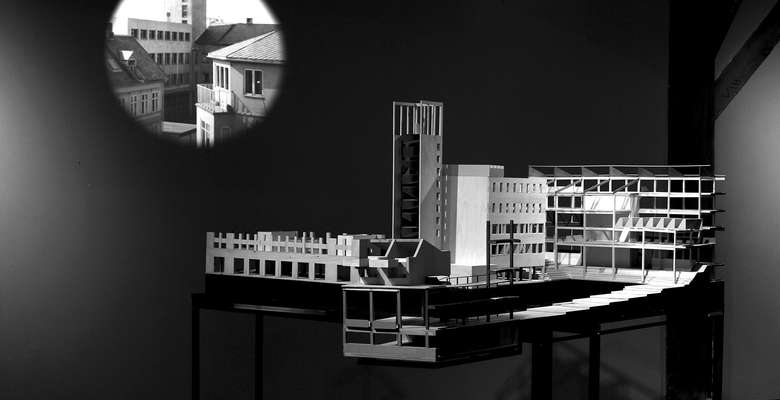
´The Ecology of making´ proposes a new paradigm for understanding productivity within the urban fabric. Taking the city of Narvik as a point of departure, it suggests a city forming a network of functional components, where production and research are allowed to live side by side with culture, education and service.
Through a series of architectural manoeuvres buildings and landscapes are transformed to accommodate generous spatial opportunities for inspiring and frictional encounters: The different programmes affect one another and are spatially woven into the public space, blurring the borders of classic working life as one mans work becomes the others leisure. A new urban scene occurs, where production is inseparable from the everyday life. The project does not propose clear boundaries between leisure and work, nor between learning, dwelling, recreation and researching, thus counteracting the monofunction and monoculture that dominates new urban developments today.
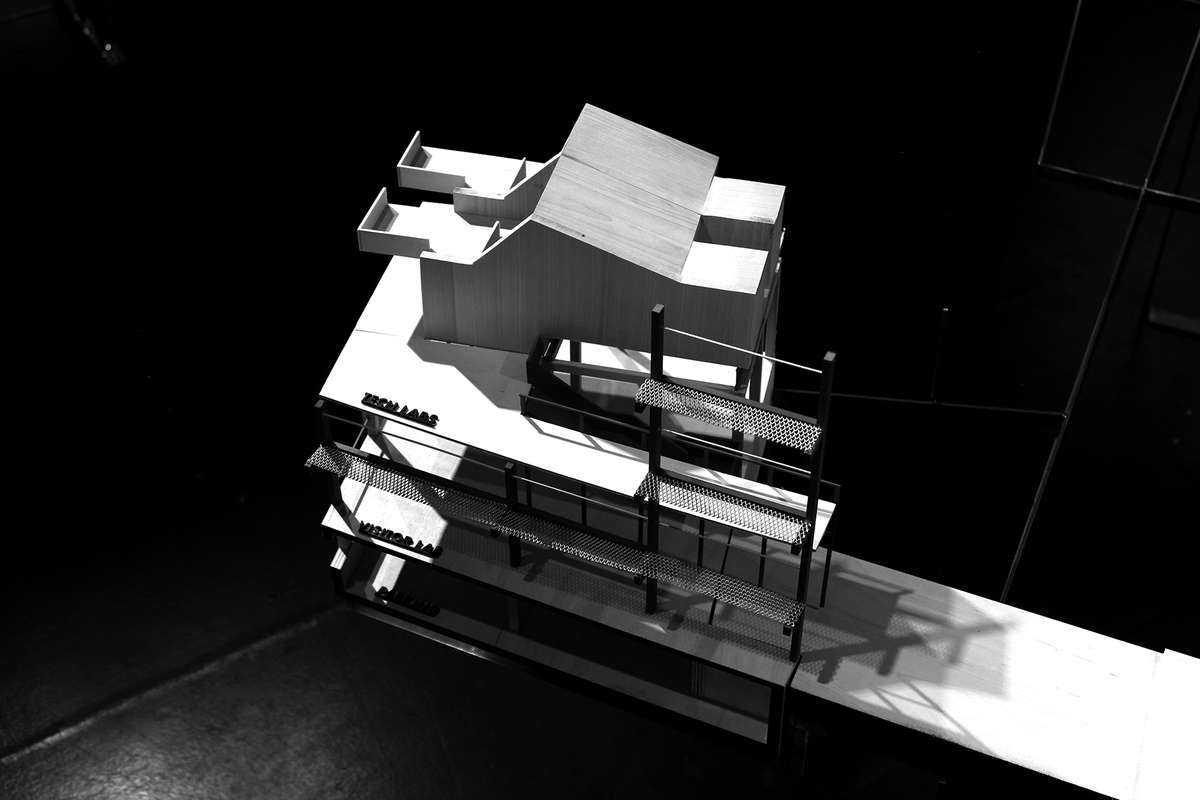
The project tries to adress the issues of monoculture and monofunction inherent in the way we plan our cities and transform our buildings. A future architecture proposes spaces of friction between people, programme and space.

Understanding local conditions as a point of departure for planning and transformation, the program envisioned is informed by large scale readings of the city as a whole.
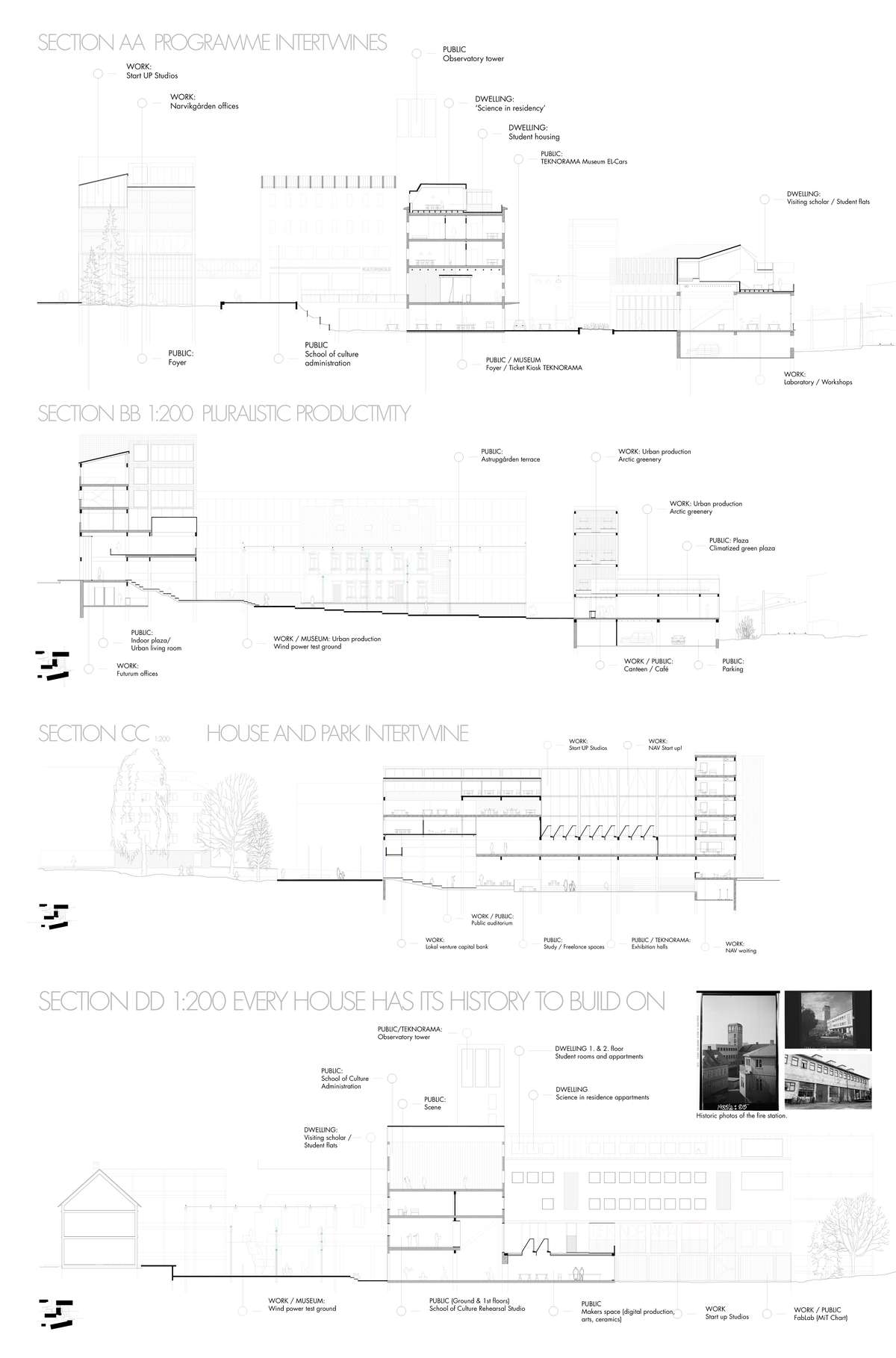
The segregated city of isolated programmes dissolves into a interlinked, permeable urbanity, an ecology of making.
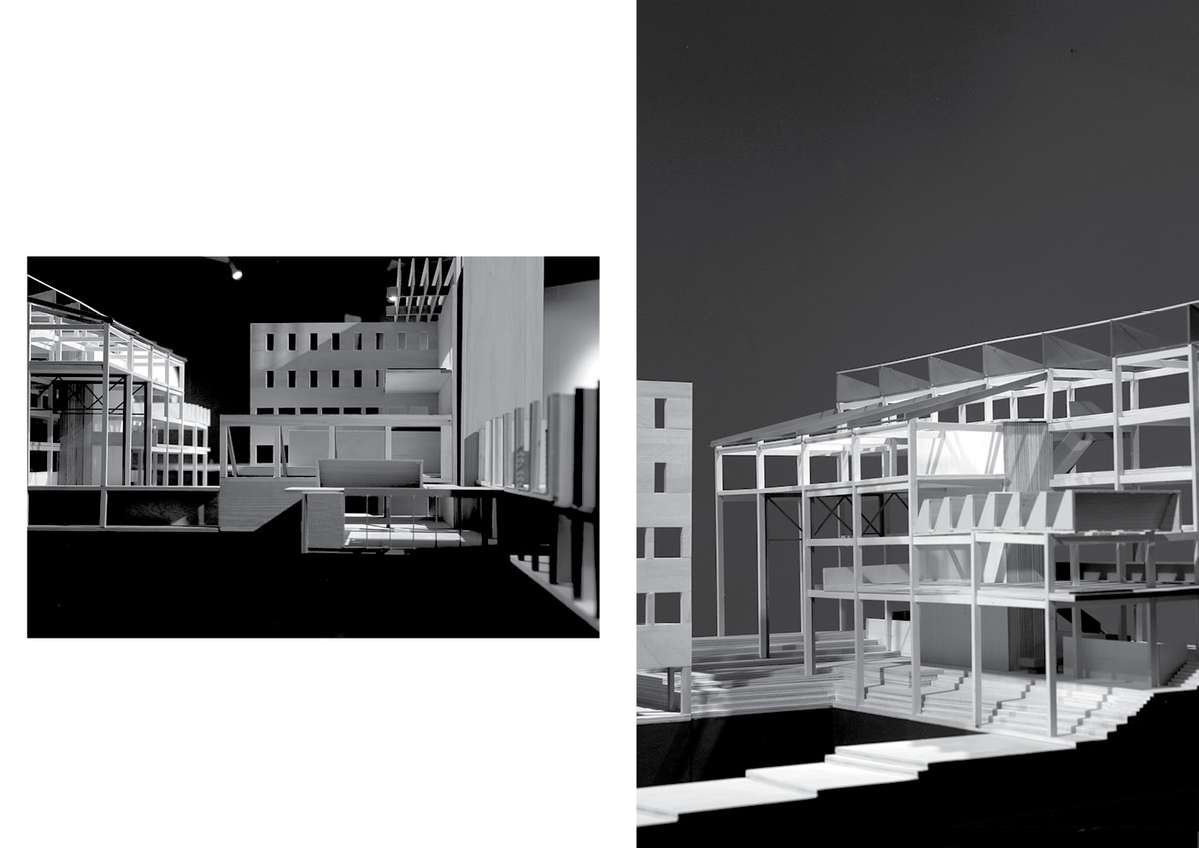
Spaces of friction excellerate a common culture of making.
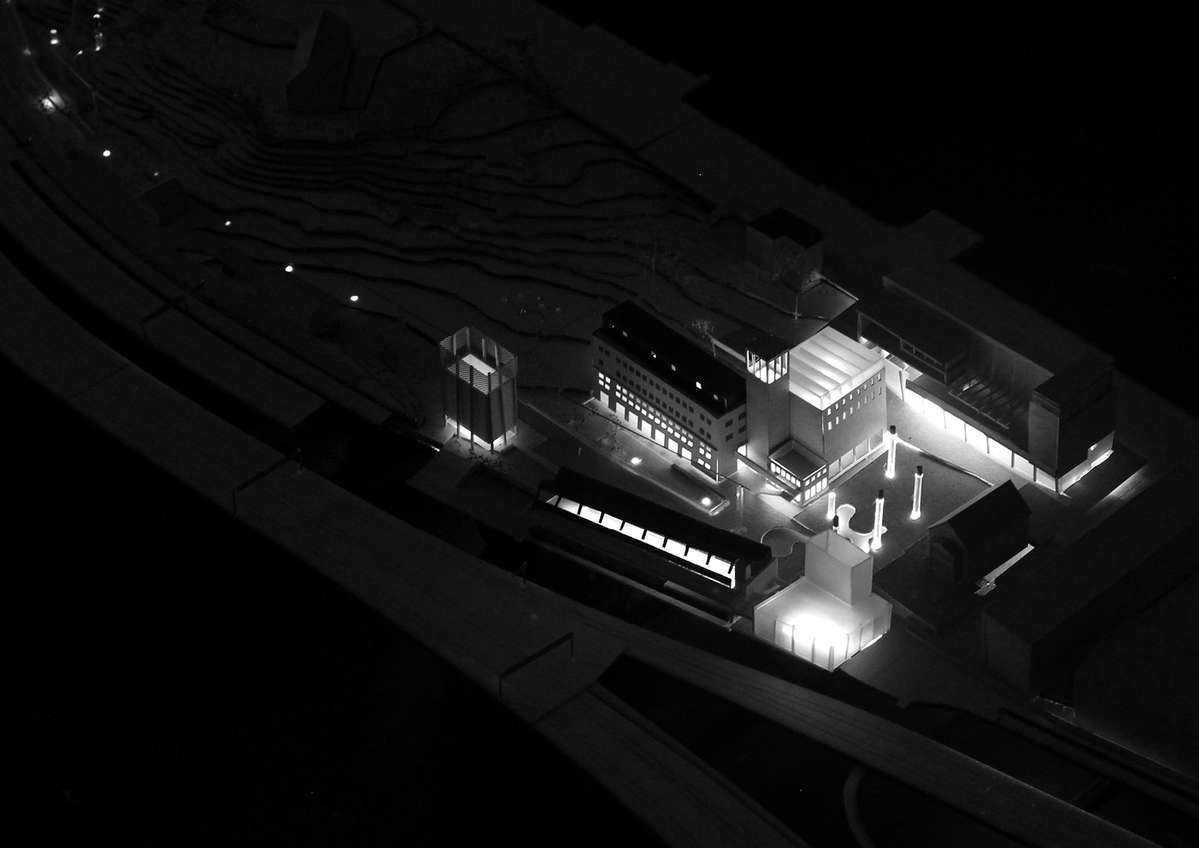
Thus the project is not only a proposal for a transformation of a city quarter, but a project that tries to raise fundamental questions about the way we see productivity, living environments and qualities of urban life in the future.
The Ecology of Making
The Ecology of Making

´The Ecology of making´ proposes a new paradigm for understanding productivity within the urban fabric. Taking the city of Narvik as a point of departure, it suggests a city forming a network of functional components, where production and research are allowed to live side by side with culture, education and service.
Through a series of architectural manoeuvres buildings and landscapes are transformed to accommodate generous spatial opportunities for inspiring and frictional encounters: The different programmes affect one another and are spatially woven into the public space, blurring the borders of classic working life as one mans work becomes the others leisure. A new urban scene occurs, where production is inseparable from the everyday life. The project does not propose clear boundaries between leisure and work, nor between learning, dwelling, recreation and researching, thus counteracting the monofunction and monoculture that dominates new urban developments today.
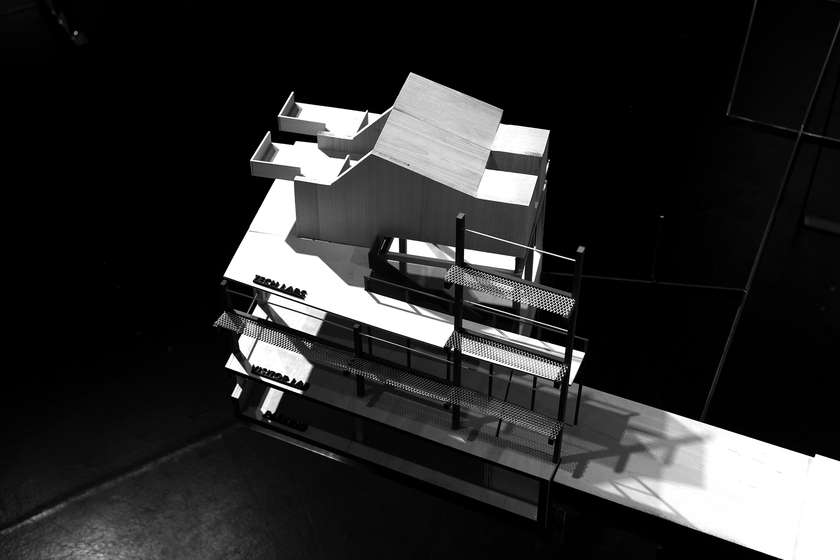
The project tries to adress the issues of monoculture and monofunction inherent in the way we plan our cities and transform our buildings. A future architecture proposes spaces of friction between people, programme and space.

Understanding local conditions as a point of departure for planning and transformation, the program envisioned is informed by large scale readings of the city as a whole.

The segregated city of isolated programmes dissolves into a interlinked, permeable urbanity, an ecology of making.
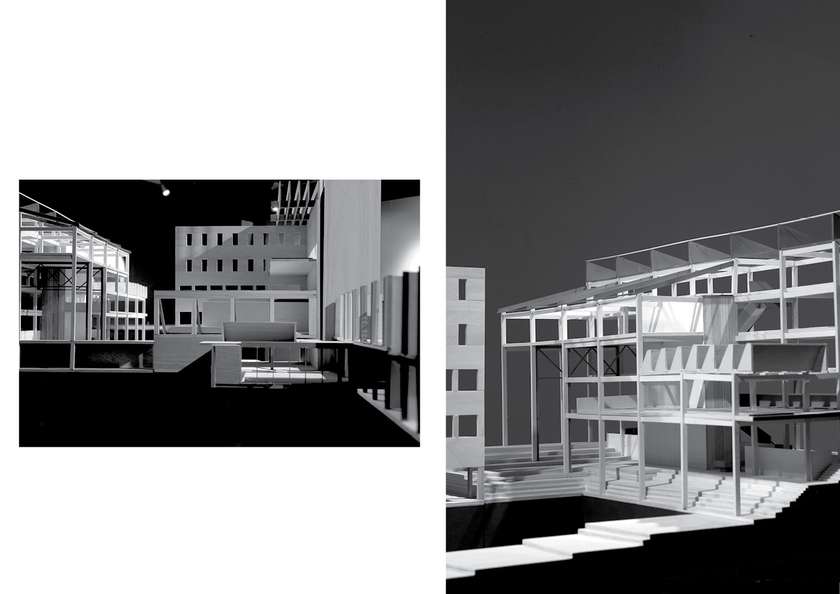
Spaces of friction excellerate a common culture of making.
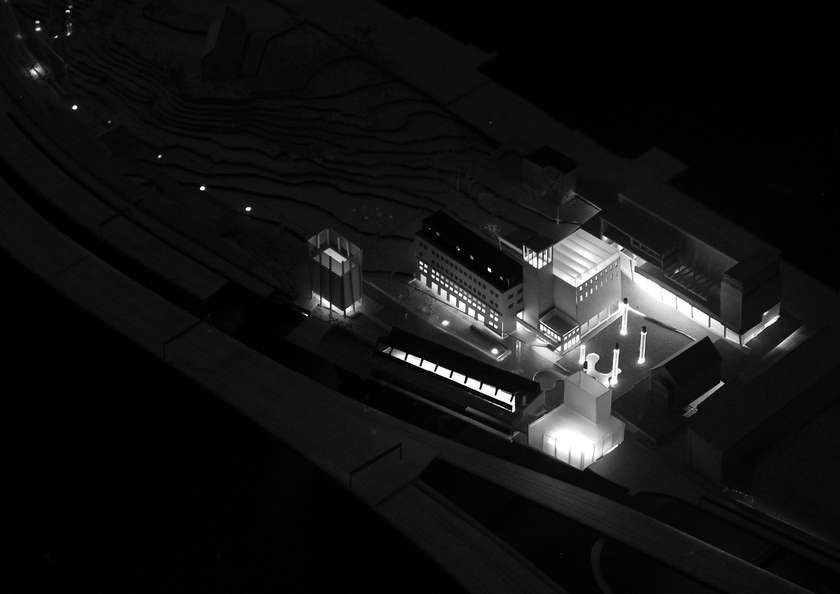
Thus the project is not only a proposal for a transformation of a city quarter, but a project that tries to raise fundamental questions about the way we see productivity, living environments and qualities of urban life in the future.